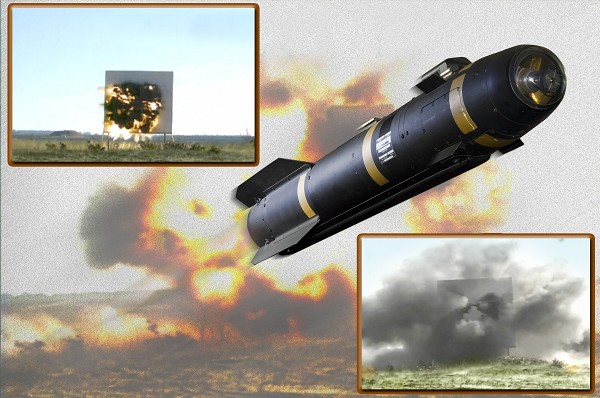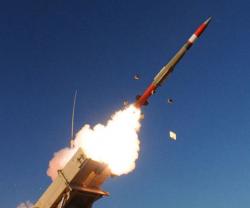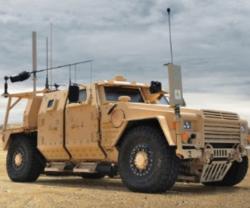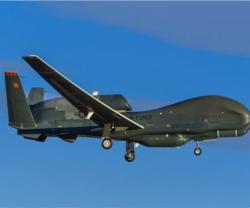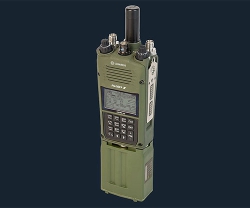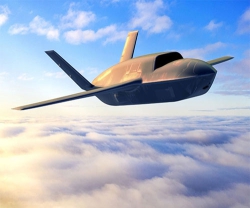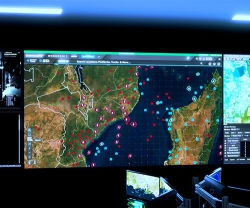Lockheed Martin's multi-purpose AGM 114R HELLFIRE II missile struck and destroyed a stationary tank target in its third proof-of-principle flight test, a ground-launch test configured to simulate launch from an unmanned aerial system (UAS).
The R model, or "Romeo" missile, features a multi-purpose warhead that enables a single HELLFIRE missile to cover all of the target sets of the currently fielded laser-guided variants.A team consisting of personnel from Lockheed Martin and the U.S. Army Joint Attack Munitions Systems program office located in Huntsville, AL, conducted the test at Eglin Air Force Base, Florida. The missile, armed with a live warhead, was fired at a stationary M60 tank located 6.4 kilometers downrange. Immediately before launch, test equipment emulating an airborne UAS launch platform sent targeting data and warhead delay selection commands for an armored target to the missile.
The missile was launched in lock-on-after-launch mode with a high trajectory to simulate launch from a UAS. It used its inertial measurement unit and targeting data to fly to the approximate location of the target before beginning its search for the laser signal generated by the ground-based targeting laser. The missile acquired the laser spot and struck the target within inches of the laser aimpoint.
"The success of this flight test demonstrates that the HELLFIRE Romeo can defeat HELLFIRE's toughest target; a heavily armored vehicle," said Ken Musculus, Director of Air-to-Ground Missile System Programs at Lockheed Martin Missiles and Fire Control. "It can fly to an area before acquiring a target, which enables a high-altitude platform to strike targets behind it without additional maneuvering, and defeat a tank when it gets there. We've worked closely with our customer to develop a next-generation all-in-one HELLFIRE, and we're pleased that we're that much closer to getting it into the hands of the Warfighter".

